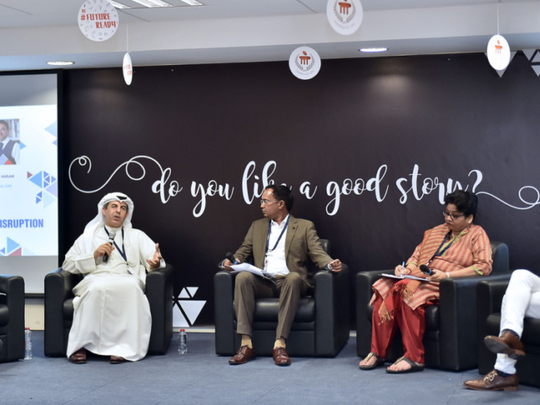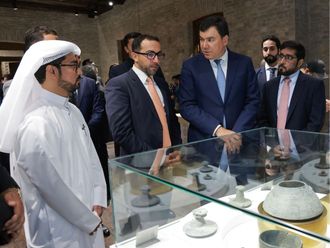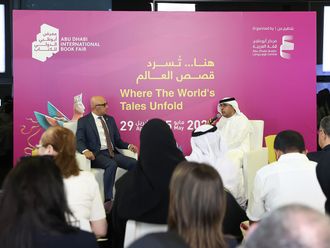
Dubai: The medium is not the message, and responsible storytelling in the digital era will always be “traditional”, experts told the Manipal International Media Research Conference in Dubai on Tuesday.
Speaking during a panel discussion at the one-day event, held at Manipal Academy of Higher Education (MAHE) in Dubai, the panellists said the rise of social media and fake news has only reinforced the need to adhere to the ethics and basics of journalism.
The hourlong discussion between four panellists was held under the theme of ‘Storytelling in the Age of Disruption’, moderated by Chiranjib Sengupta, Hub Editor, Gulf News.
Pointing to the advantages of technology, such as live stories being filed remotely to satiate ever-demanding readers, Gupta had asked panellists “isn’t this kind of disruption good for us?”.
Mohammed Almezel, Managing Editor, Gulf News, said: “Storytelling will never change because the story has to be told traditionally — that is, properly. There’s no other way to do a story, which is doing it ethically, factually, and ensuring it is verified and unbiased. That content, which is the story, can be consumed through TV, the newspaper or WhatsApp. The content will remain, the platform doesn’t matter.”
He added that the innovation in media and the medium of message is confined to the way the content is delivered to different audiences locally and globally. As far as prudent journalism is concerned, Almezel said, it will always be rooted in verifying the story and “answering all the basic questions”. He explained that the disruption in journalism is mostly related to the “support system” of a story — the way any accompanying video, graphic and other non-text content is created, displayed or delivered to readers.
When asked by Sengupta about the challenges facing editors in the disruptive age, Ehtesham Shahid, Managing Editor, Al Arabiya English, said one effect of technology was a shortening of readers’ or viewers’ attention span. Quick multimedia content from a dizzying variety of sources makes it harder for editors and reporters to keep audiences engaged, Shahid added. He spoke of a “digital fatigue” that has widened the chasm between people, by creating opposing camps on social media on a variety of issues. In light of this, the idea of “global citizens” spurred by social media “falls flat on its face”, Shahid said. He added that there was little or no “confluence” of opposing ideas constructively engaging each other on social media.
Panellist Dr Padma Rani, director, School of Communication, MAHE, India, said the youth were especially susceptible to “fake news”, first by believing unknown or unverified sources and then by perpetuating their content.
Speaking during the panel discussion, Sajith Ansar, CEO, Idea Spice, described how the disruption has also impacted businesses and customers. Ansar said consumers used to be like a bullseye which businesses could aim at, but now they are like a fast-moving arrow.












